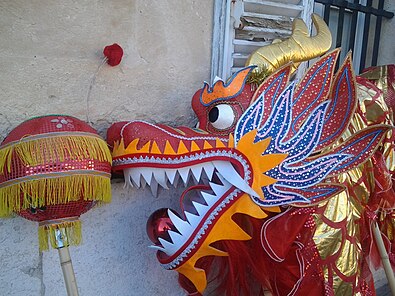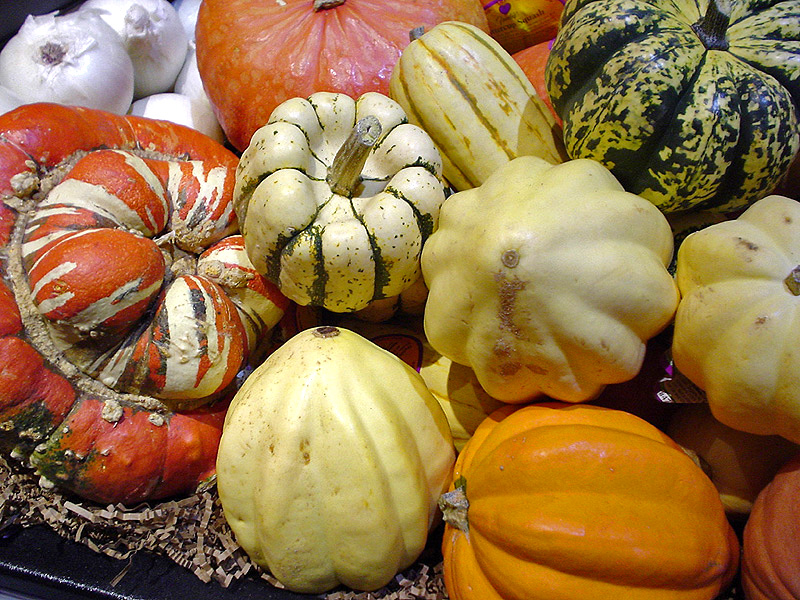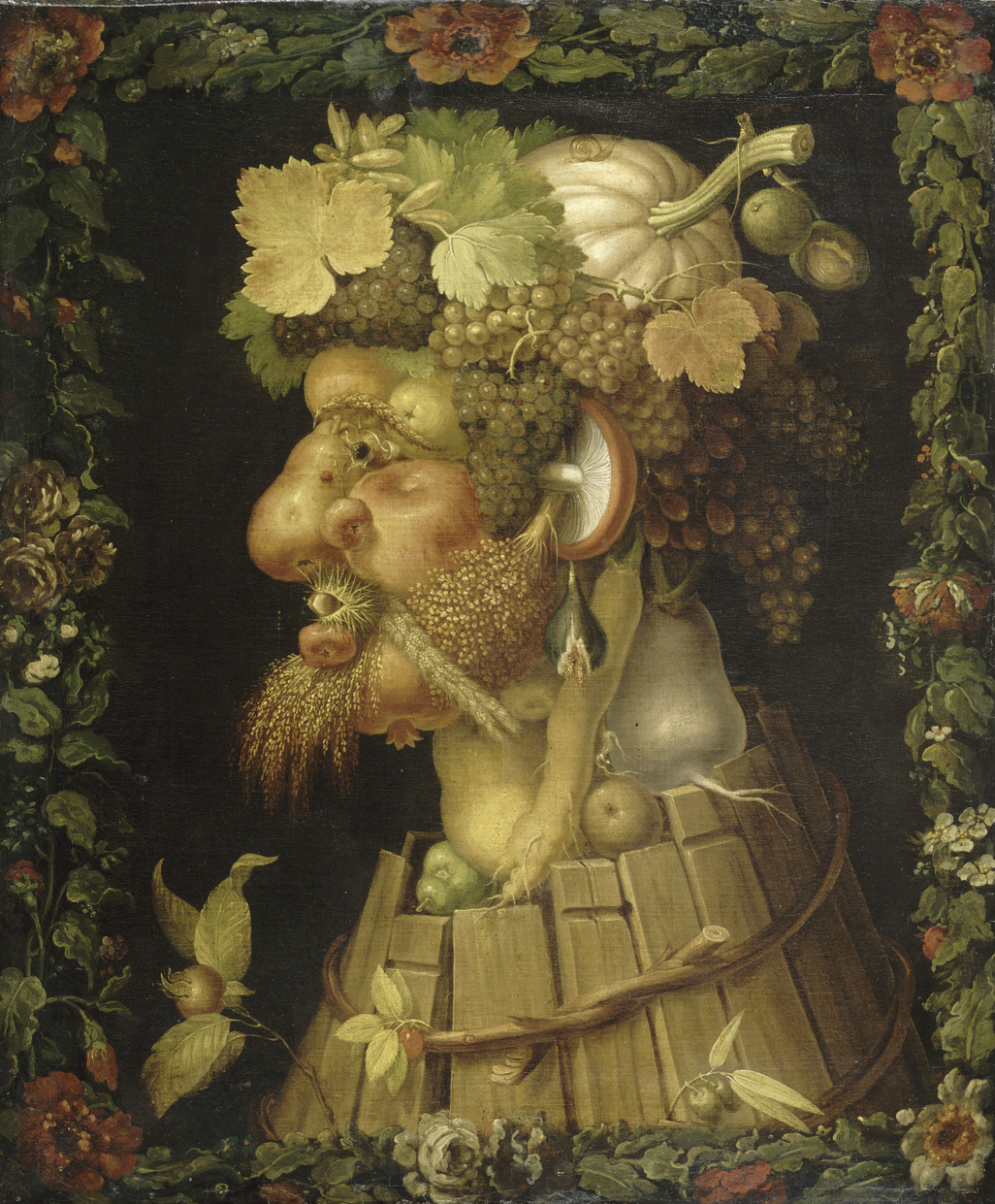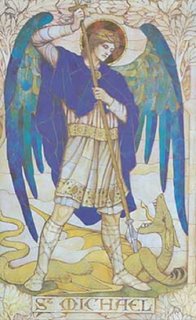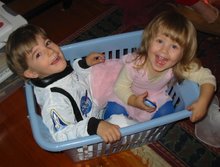...this time in Australia.
I don't know how the state schools incorporate Waldorf/Steiner methods in Australia -- if they are fully independent, charter schools (as in California) where some state requirements must be met, or some other structure.
But I do know a bit about the methods of education and the anthroposophical thought behind it, and feel moved to respond to some of the comments in the article:
"Critics say that its philosophical basis is too religious -- even comparing it to Scientology -- to be in the secular public system.
But supporters deny Steiner education is religious and argue it is a holistic approach to learning."
Anthroposophy is spiritual. In the anthroposophical view,
all of human existence is imbued with spirit. Therefore any human interaction -- be it in a Waldorf/Steiner school, a public school, the grocery store, a prison -- involves the spiritual world. Only when we come from a materialistic, dualistic viewpoint does the concept of "secularity vs. spirituality" arise.
Waldorf/Steiner schools do not teach a religion to the students. They do foster the natural sense of awe, wonder, and respect for the world that children have. Anthroposophy is a philosophical world-view, not a religion. You can follow any religion you like, or none at all, and still work with anthroposophy.
"Supporters of Steiner are adamant anthroposophy is not taught to children, and that Steiner himself said the spiritual science was only for adults who chose to do it.
But parents and religious experts are concerned that Steiner teachers learn about anthroposophy in their training and these beliefs seep into the classroom. 'What a lot of people don't get is that Steiner is based on a spiritual system not an educational one,' says cult expert Raphael Aron.... It is implicit in everything they do."
Anthroposophy is never taught directly to children (though in some schools here in the US I believe it is included in some high school senior classes about world religion). Steiner specifically stated that teachers should never speak of anthroposophy directly to students: "If anyone thinks the Waldorf School is a school for Anthroposophy it shows he has no understanding either of Waldorf School pedagogy or of Anthroposophy." (Spiritual Ground of Education, lecture 8 of 8/24/1922.)
But yes, of course, it is the foundation of Waldorf/Steiner methods. Of course the beliefs "seep into the classroom," but only in that everything that the teacher brings to the students is informed by the anthroposophical worldview, not that it is included in the curriculum. If teachers are including anthroposophy in their curricula, they are making a mistake.
"[Aron] said there was a lack of transparency in the schools and often parents were not told about what Steiner believed, making it not dissimilar to Scientology."
I can't speak about Scientology, but I believe that it is possible, and perhaps even common, that schools are not forthright and clear enough with parents about anthroposophy. Part of the problem stems from what I perceive as a fear of talking about some of the beliefs outright, because they are far outside the mainstream. Guardian angels, etheric bodies, reincarnation, karma, elemental beings...these all come into play, albeit mostly in minor ways. And personally I don't think these things are the crux of the pedagogy anyway, but I can see how some of these beliefs could come as a shock to parents, especially if not presented in a clear way.
However I also think that it's unreasonable to expect schools to discuss every belief that informs the pedagogy. Steiner gave about 6,000 lectures during his lifetime -- how would it even be possible to fully "disclose" anthroposophy to prospective parents? Do Catholic schools describe every bit of doctrine to parents? Do Montessori schools give parents all of Maria Montessori's writings?
"Mr Pereira, who is from Sri Lanka, said his concerns about Steiner's racist beliefs were realised when his children were not allowed to use black or brown crayons because they were "not pure". He said Steiner teachers at the state-run school recommended they not immunise their children because it would lead to the 'bestialisation of humans'."
This to me sounds like teachers trying to explain concepts, and failing.
In early childhood, it is thought that children should experience color in a moving, feeling way, without too much hardened form, because that is the state of the children themselves: moving, feeling, still soft (bones, rounded bodies, etc.) and not fully incarnated. That is why children in Waldorf/Steiner schools do watercolor paintings instead of coloring pre-drawn images, and that is why black and brown are discouraged -- these colors are "earthly" and tend to create form instead of color experiences. I would say that calling them "impure" is not accurate.
And there are numerous explanations and thoughts about discouraging immunization, but using the word "bestialization" seems excessive and inaccurate. I've talked before about the issue of Steiner and racism; linking crayons and race is just silly. I think that people bring up the race card about Steiner because it immediately causes fear and doubt, and obscures real discussion.
"Rudolf Steiner Schools of Australia executive officer Rosemary Gentle said anthroposophy was not taught to children, although teachers were introduced to the subject during their training.
'It has nothing to do with what is taught. It is just the approach to teaching,' she said.
'The teachers are given an anthroposophy background ... and it allows them to look into a child more deeply. You look at children as you would in a family. You strive to understand the child and recognise their emerging personality.'"
Perhaps my comparison with Catholic schools was problematic, because it is an inherent goal of that school system to create more Catholics. Waldorf/Steiner schools do not work that way. Sure, if you think you've got the best way to view reality, you hope that everyone else will climb on your bandwagon so that everyone can benefit. And if you have a world-view of any kind, be it intellectual development at the expense of artistic and social skills or religion as the basis of all reality or anthroposophy or secular humanism or whatever, it will surely inform your actions.
But the commonly stated goal of Waldorf/Steiner education is not to create more anthroposophists. It is to provide a developmentally appropriate and healing curriculum to help the children become balanced, socially aware, and able to integrate all parts of their selves -- body, soul, and spirit -- into a healthy adult life.
 This one is SillyBilly's. He often treats painting like drawing, making lines of paint to make shape outlines. You can see that in the blue here. But this time he swirled things around a bit and it came out much softer.
This one is SillyBilly's. He often treats painting like drawing, making lines of paint to make shape outlines. You can see that in the blue here. But this time he swirled things around a bit and it came out much softer. And here's mine. I was going for a sunset over the Santa Monica Mountains kind of look. (Unfortunately they look like this right now because of more wildfires lighting up the evening sky. I had no idea about that when I did this painting.)
And here's mine. I was going for a sunset over the Santa Monica Mountains kind of look. (Unfortunately they look like this right now because of more wildfires lighting up the evening sky. I had no idea about that when I did this painting.)












